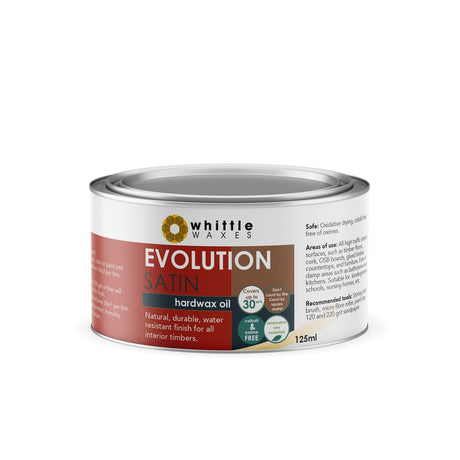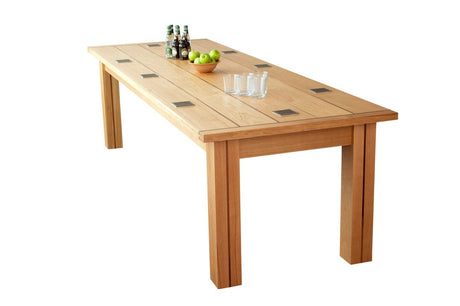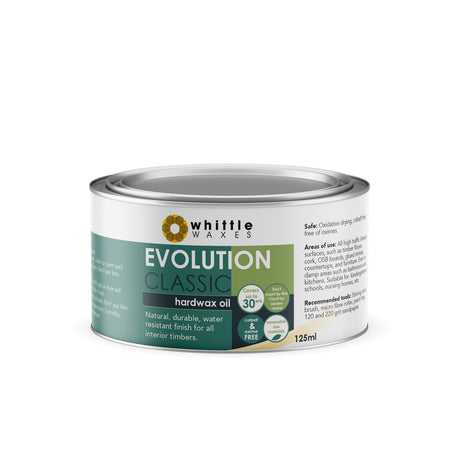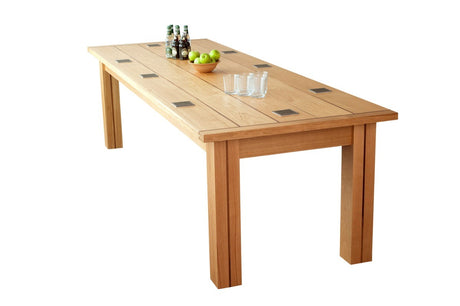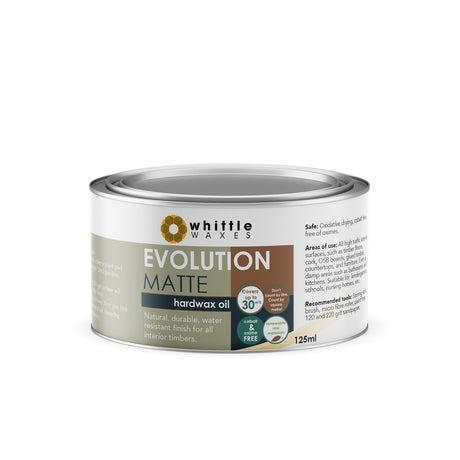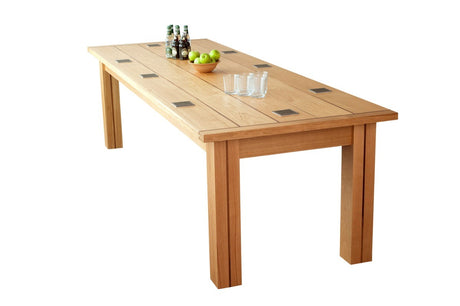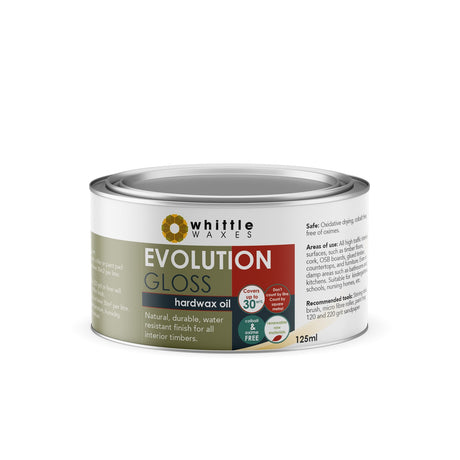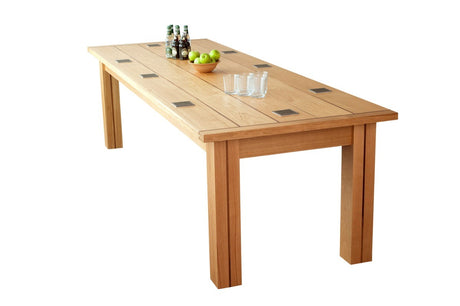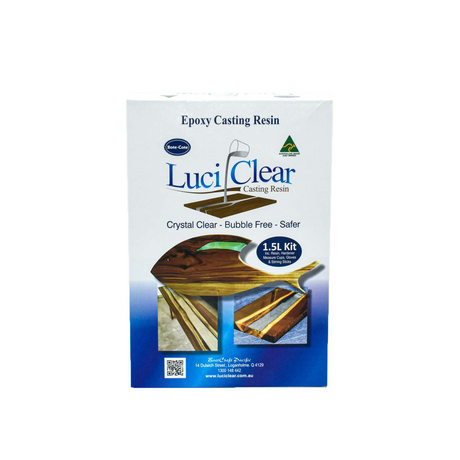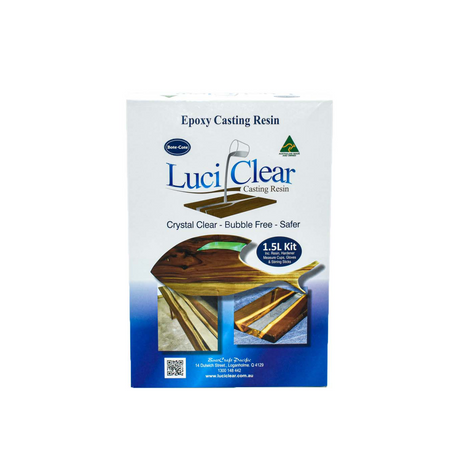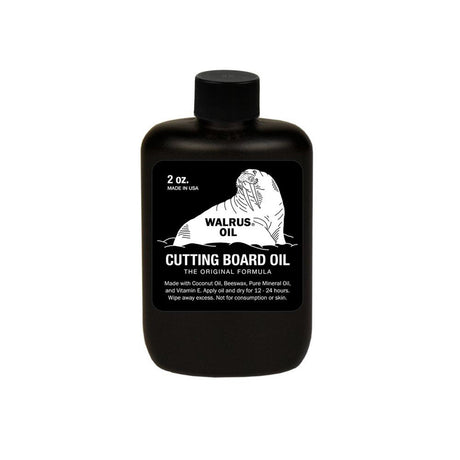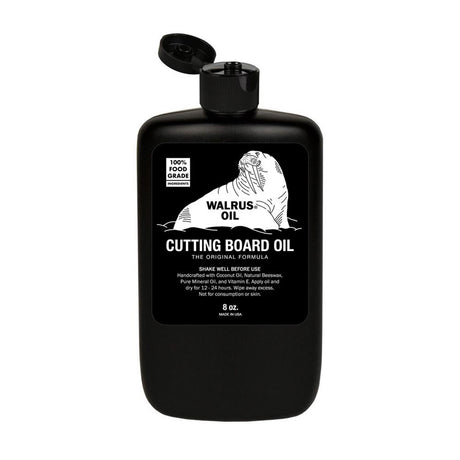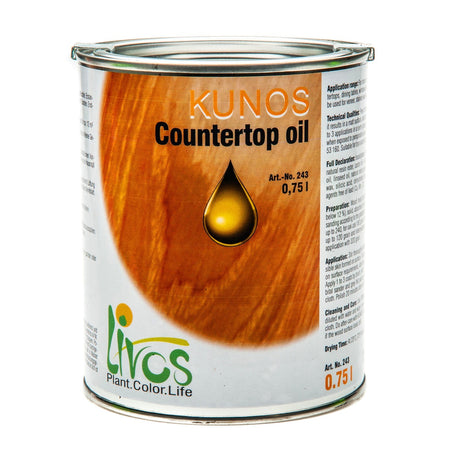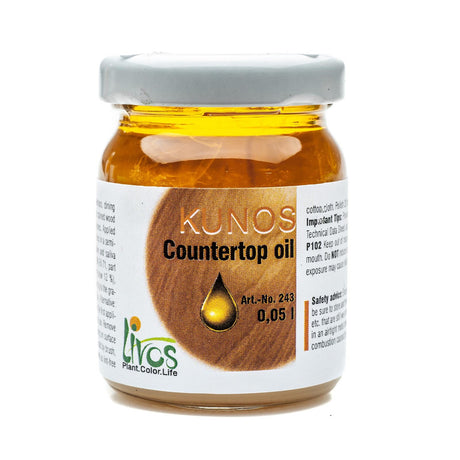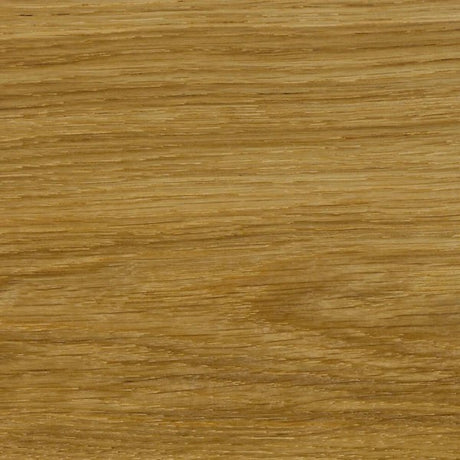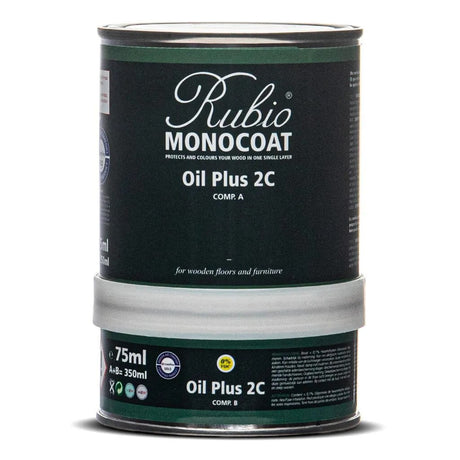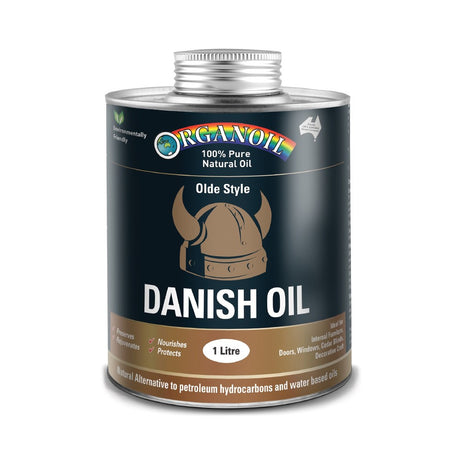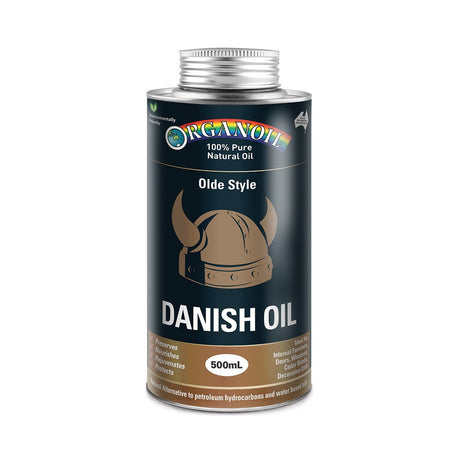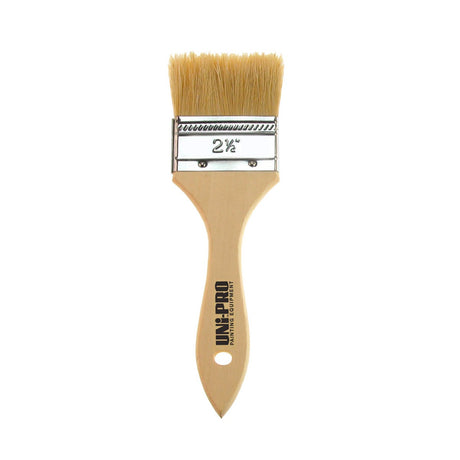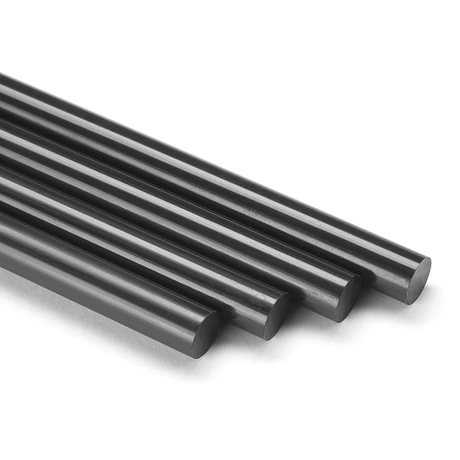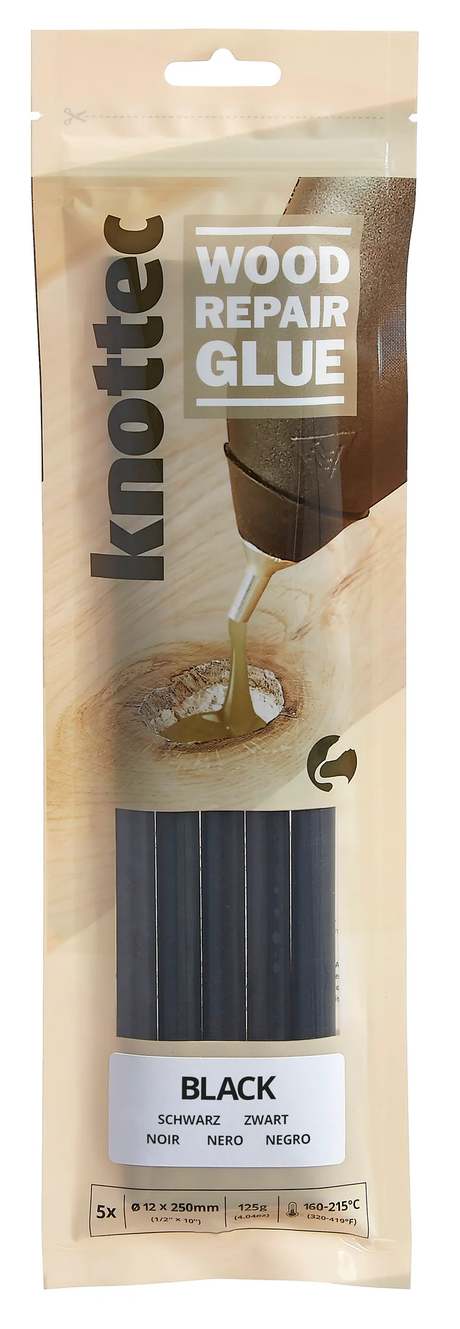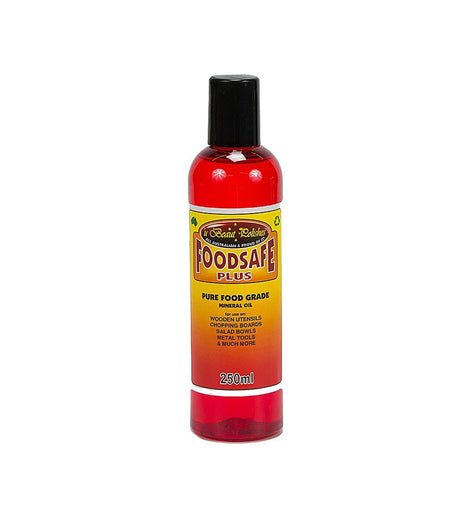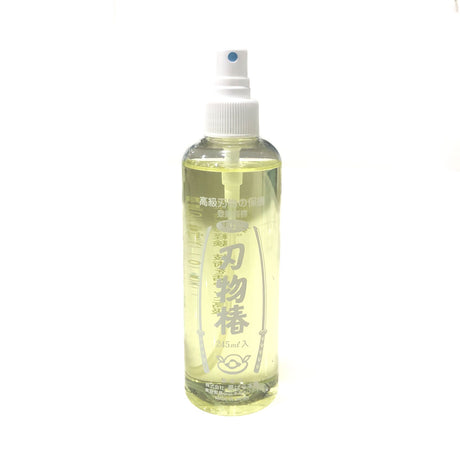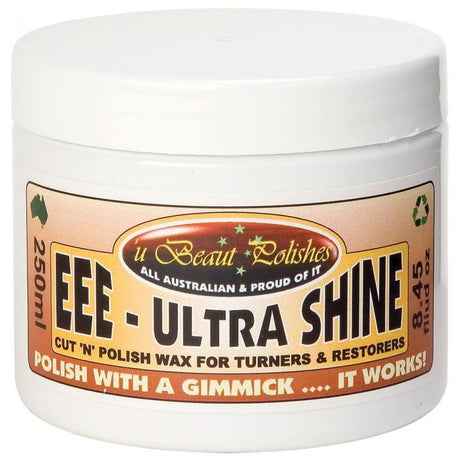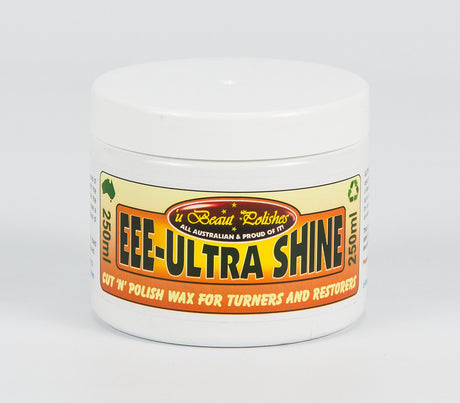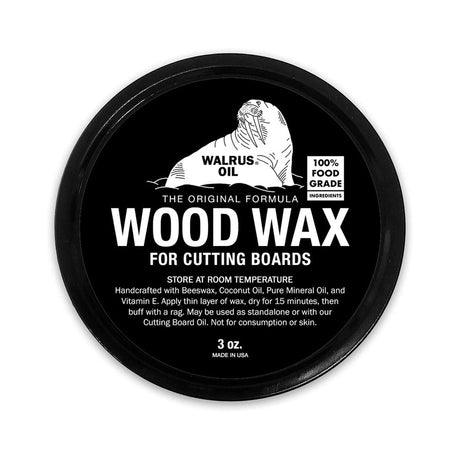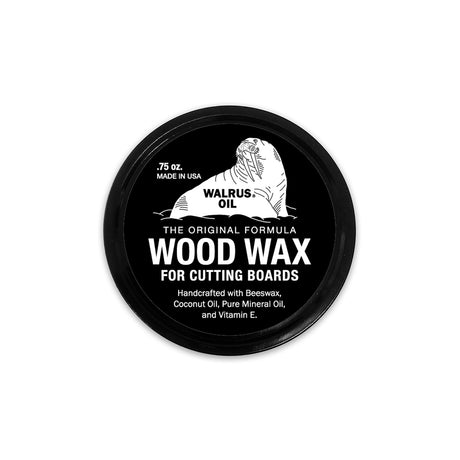Whittle Waxes
Whittle Waxes Evolution Hardwax Oil Satin Sheen Furniture Finish
From $15.50Unit price /UnavailableLow stock (10+ units)Whittle Waxes
Whittle Waxes Evolution Hardwax Oil Classic Sheen Furniture Finish
From $15.50Unit price /UnavailableLow stock (10+ units)Whittle Waxes
Whittle Waxes Evolution Hardwax Oil Matte Sheen Furniture Finish
From $15.50Unit price /UnavailableLow stock (10+ units)Whittle Waxes
Whittle Waxes Evolution Hardwax Oil Gloss Sheen Furniture Finish
From $15.50Unit price /UnavailableLow stock (10+ units)Luci Clear
Luci Clear Casting Epoxy Resin Clear Finish Deep Pour Resin
From $37.90Unit price /UnavailableIn stockWalrus Oil
Walrus Oil Cutting Board Oil for Wooden Chopping Board Maintenance Food Safe
From $14.90Unit price /UnavailableIn stockLivos
Livos KUNOS Counter Top Oil Water Resistant Matte to Semi Gloss Clear Finish
From $10.90Unit price /UnavailableIn stockRubio Monocoat
Rubio Monocoat Oil Plus 2C Hard Wax Oil - Pure
From $69.00Unit price /UnavailableLow stock (10+ units)Organoil
Organoil Natural Danish Oil for Timber Finishing Food Safe
From $30.90Unit price /UnavailableIn stockPower Adhesives
Power Adhesives Knottec Wood Knot Filler Glue Sticks 12mm Black Hot Glue Pack of 5
$29.90Unit price /UnavailableIn stockNSB
Camelia Oil Tool Care Lubricant Rust Preventer
$23.90Unit price /UnavailableLow stock (10+ units)Walrus Oil
Walrus Oil Wood Wax for Cutting Boards Food Safe Timber Finish
From $14.90Unit price /UnavailableIn stock
Mastering the Art of Wood Finishing
Wood finishing is a critical step in woodworking, transforming your projects from raw timber to beautifully polished pieces. Whether you're looking to protect the wood, enhance its natural grain, or add a vibrant colour, choosing the right finishing products is essential. From oils and waxes to varnishes and lacquers, each type of finish offers unique benefits to suit different types of wood and desired outcomes.
The finishing process not only improves the aesthetic appeal of your work but also provides protection against moisture, UV light, and everyday wear and tear. Understanding the properties of various finishes and their application techniques allows you to achieve a professional-grade finish that enhances both the look and longevity of your projects.
For those new to woodworking, starting with simpler finishes like oils or waxes can be less intimidating, while more experienced woodworkers may prefer the durability and sheen provided by polyurethane or shellac. Regardless of your skill level, taking the time to properly prepare and finish your woodwork is crucial to achieving the best results.
Investing in high-quality finishing products ensures that your hard work is preserved and presented at its best. Whether you’re restoring antique furniture or putting the final touches on a custom build, the right finish will make all the difference.
FAQs
What are the different types of wood finishes?
Common wood finishes include oils, waxes, varnishes, lacquers, polyurethane, and shellac. Each offers different levels of protection, sheen, and ease of application.
How do I choose the right finish for my project?
Consider the type of wood, the desired look, and the level of protection needed. For example, oils enhance the wood's natural grain, while polyurethane provides a durable, water-resistant coating.
Can I apply a new finish over an old one?
In most cases, the old finish should be removed or sanded down before applying a new one to ensure proper adhesion and a smooth final result.
What is the difference between varnish and lacquer?
Varnish is a durable finish that forms a protective layer on the wood, while lacquer dries quickly to a hard, glossy finish. Lacquer is often thinner and requires more coats.
How do I achieve a high-gloss finish?
To achieve a high-gloss finish, apply multiple thin coats of lacquer or polyurethane, sanding lightly between coats. Finish with a fine buffing compound to polish the surface.
What is the best way to apply wood oil?
Apply wood oil with a clean, lint-free cloth, rubbing it into the wood in the direction of the grain. Allow the oil to penetrate before wiping off the excess and letting it dry.
Can I use wax as the only finish on wood?
Wax can be used as a finish, particularly for decorative pieces, but it provides less protection than other finishes. It is often used as a topcoat over other finishes.
How do I prevent brush marks when applying varnish?
To prevent brush marks, use a high-quality brush and apply varnish in thin, even coats. Sand lightly between coats and consider using a thinner for a smoother application.
What should I do if my finish becomes cloudy?
A cloudy finish can result from moisture trapped in the finish or applying a finish too thickly. Sanding back the affected area and reapplying a thin coat usually resolves the issue.
How do I maintain and care for finished wood surfaces?
Regular dusting and occasional cleaning with a damp cloth keep finished wood surfaces looking their best. Avoid harsh chemicals, and periodically apply wax or oil to maintain the finish.







